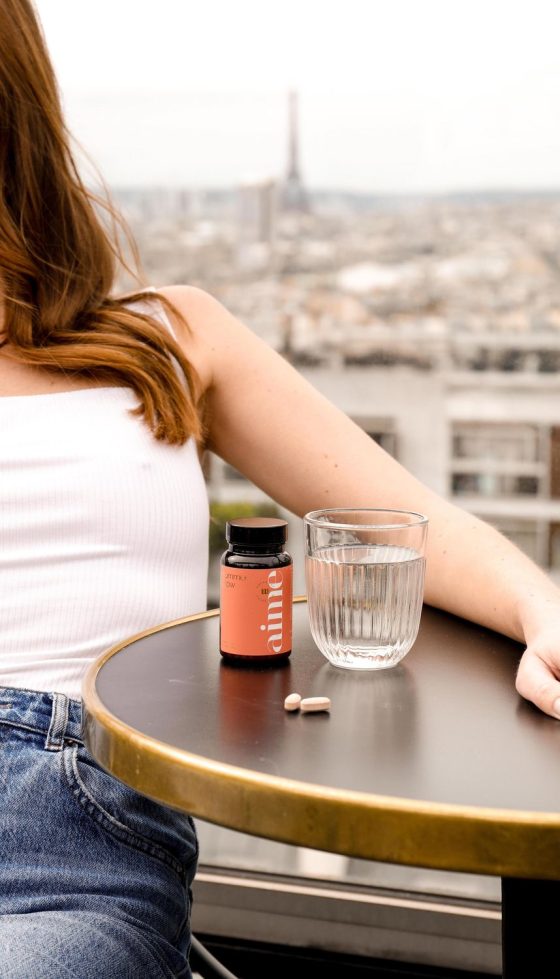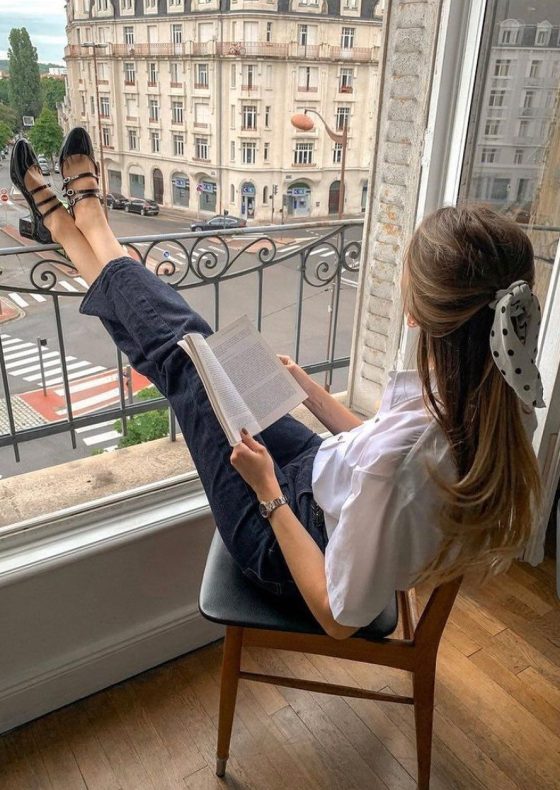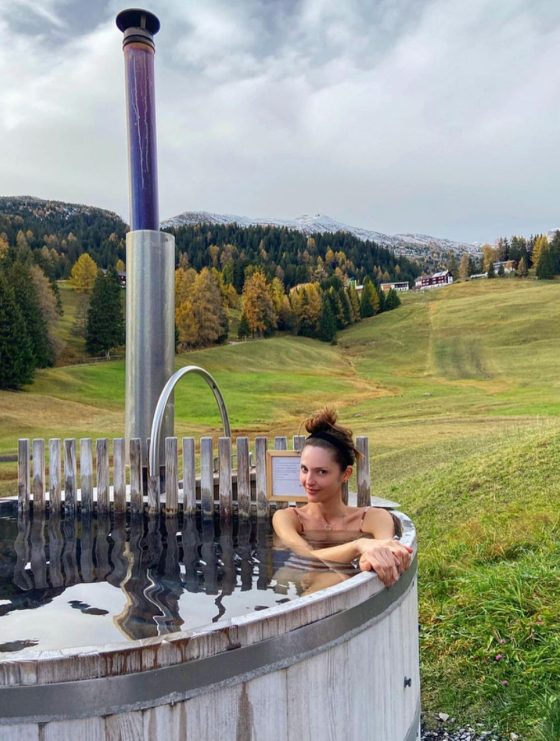The art of relaxation, oui? Few things evoke the epitome of luxury and pampering like a French massage. As the City of Light’s most esteemed spas and salons whisper sweet nothings to the skin, the gentle touch of a skilled therapist melts away stress and tension, leaving the body feeling like a delicate bouquet of fresh lavender on a warm summer’s day.
In this article, we’ll delve into the world of French massages, exploring the techniques, benefits, and secrets behind this revered tradition, and how you can incorporate the je ne sais quoi of French relaxation into your own self-care routine, no matter where you are in the world.
The different massage techniques and their benefits
The different massage techniques are essential to understanding the art of French massage and its varied benefits. Among the most popular techniques, Swedish massage is renowned for its ability to relax muscles and improve blood circulation through long, flowing strokes.
It helps reduce stress, promotes relaxation and relieves accumulated tension. Aromatherapy massage, on the other hand, combines the benefits of essential oils with relaxing maneuvers, stimulating the senses while helping to balance emotions. Lymphatic drainage is a precise technique focused on the lymphatic system, helping to detoxify the body and reduce water retention. It’s particularly beneficial for people with circulatory problems or who want a slimmer figure.
Californian massage, on the other hand, focuses on the connection between body and mind, using enveloping movements that encourage letting go and deep relaxation. Sports massages, on the other hand, are designed for athletes, helping to prepare muscles before exertion or recover after a performance, reducing muscle soreness and improving flexibility.
Finally, Tui Na massage, derived from traditional Chinese medicine, incorporates pressure and pulling techniques to restore the body’s energetic balance and relieve pain.
How to Choose the Right Type of Massage for Your Needs
Choosing the right type of massage for your needs is essential to reap the maximum benefits from this wellness experience. In France, where massage culture is rooted in the art of healing, some techniques cater to specific needs. First, it’s important to consider the goal of your massage.
For example, if you’re looking for deep relaxation, a Swedish massage might be ideal thanks to its long, flowing strokes that soothe muscles. On the other hand, if you’re suffering from specific muscle pain or tension, a shiatsu massage, which focuses on acupuncture points, could relieve your aches and pains. It’s also essential to consider your personal sensitivity; some people prefer the gentleness of a massage with aromatic oils, while others will feel revitalized by more vigorous techniques like sports massage.
Finally, don’t hesitate to ask your massage therapist questions: their expertise can help you choose the technique that best suits your physical condition and personal preferences. In summary, taking the time to choose and personalize your massage experience can lead to optimal relaxation and a true rebalancing of your body and mind.
Massage Trends in France and the United States
Massage trends in France and the United States demonstrate distinct yet complementary approaches to body care. In France, massages are often integrated into a holistic wellness routine, emphasizing relaxation and the mind-body connection.
French spas and treatment centers offer a variety of traditional techniques, such as Swedish massage and essential oil massage, often influenced by local practices. The French view massage not only as a means of relaxation, but also as an art form, where every gesture counts and aims to create a unique sensory experience.
In contrast, in the United States, the trend favors a more commercial and diversified approach, incorporating innovative techniques such as vibration massage or practices like Thai massage and deep tissue. The American market has also seen a rise in therapeutic massage, often combined with physical health treatments and used for rehabilitation purposes.
Thanks to the burgeoning wellness culture, Americans are turning to express massages that fit easily into their busy schedules. In short, while massages in France generally focus on deep relaxation and a refined sensory aspect, the United States emphasizes functionality and variety, attracting consumers looking for quick and effective solutions for their well-being.
Essential Oils and their role in massages
Essential oils occupy a prominent place in the world of French massage, contributing to a holistic and sensory experience that transcends the simple gesture of massage. These concentrated plant extracts, extracted from aromatic plants, are renowned for their therapeutic properties and their ability to influence both the body and the mind. The use of essential oils allows the massage to be adapted to the specific needs of each individual.
For example, lavender essential oil is often chosen for its relaxing effects, ideal for alleviating stress and promoting deep sleep, while peppermint oil is prized for its invigorating properties and its ability to relieve muscle pain. When preparing for a massage, the choice of essential oils is essential and must be made with care. Massage practitioners in France rely on the synergy between oils and massage techniques to amplify their effects. For example, a combination of bergamot and orange essential oils can provide an invigorating note, while a blend of chamomile and frankincense could encourage deep relaxation.
Aromatherapy plays a key role in this process, helping to create a calming atmosphere with scents that promote well-being. The application of essential oils isn’t just limited to fragrance; they also penetrate the skin, providing additional benefits thanks to their anti-inflammatory, antimicrobial, and antioxidant properties. This not only improves the skin but also helps reduce muscle tension and stimulate blood circulation during the massage.
By incorporating essential oils into massage techniques, the practitioner can not only relax muscles but also provide an overall therapeutic experience, enriching the client’s beauty and wellness journey. With this in mind, the massage becomes a truly sensory experience, where each touch and aroma are carefully orchestrated to create a harmonious balance between body and mind.
Common Mistakes to Avoid When Giving a Massage
When it comes to massages, it’s essential to know some common mistakes to avoid to ensure a relaxing and beneficial experience. First, neglecting the importance of communication with the massage therapist can become a source of discomfort. Everyone has their own preferences when it comes to pressure and target areas, so sharing your expectations from the start is essential.
Second, many people make the mistake of going to the massage with a rushed or stressed attitude. Taking the time to relax before the session is essential to maximize the benefits of the massage. Furthermore, it’s advisable to avoid heavy foods or alcohol before the session, as these can affect the feeling of comfort during the massage.
Finally, another common mistake is not giving the body enough time to recover after the massage. Avoiding immediately returning to strenuous activity allows the energy and benefits to be fully integrated. By keeping these points in mind, everyone can improve their massage practice and get the most out of it.
The importance of music and ambiance in the massage experience
The importance of music and ambiance in the massage experience cannot be underestimated, especially in the context of a French massage, which aims to provide a holistic and relaxing experience. Music plays a crucial role in creating an environment conducive to relaxation. Soft, soothing melodies can help reduce stress and anxiety, facilitating a gradual release.
In France, it is common to use nature sounds, instrumental music, or even specially created compositions to accompany massage sessions. Meanwhile, the overall ambiance of the massage room, which includes indirect lighting, the scent of essential oils, and carefully selected décor, also contributes to this sensory experience. Subdued lighting and inspiring décor can transform a simple room into a sanctuary of well-being.
Together, the music and ambiance create a cocoon where the body and mind can reconnect, allowing the recipient to fully enjoy the benefits of a French massage. These elements are essential so that each session is not just a treatment, but a true escape, a special moment of relaxation and personal renewal.
How to Incorporate Massage into Your Wellness Routine
To incorporate massage into your wellness routine, start by choosing a dedicated time in your week, ideally when you can relax uninterrupted. A massage shouldn’t be seen as a luxury, but as an essential part of your lifestyle. You can opt for professional massages at spas or beauty salons, or practice massage techniques at home.
By setting aside a regular time, you establish a ritual that strengthens both your body and mind. Consider creating a soothing atmosphere: dim the lights, play soft music, and use appropriate essential oils to enhance the sensory experience. To maximize the benefits, combine your massage sessions with other wellness practices, such as meditation or yoga, to improve blood circulation and release tension.
By incorporating these moments of relaxation into your routine, you will quickly notice an improvement in your overall well-being, both physical and mental, reflecting the culture of wellness and care in France.







